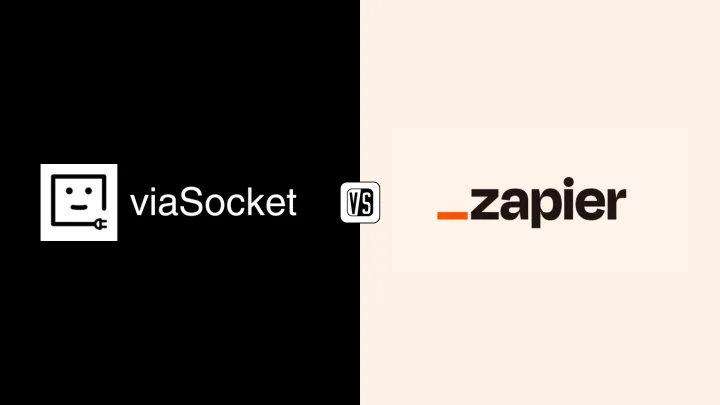Webhooks - Definition, Working, Usage & Examples | A Complete Guide
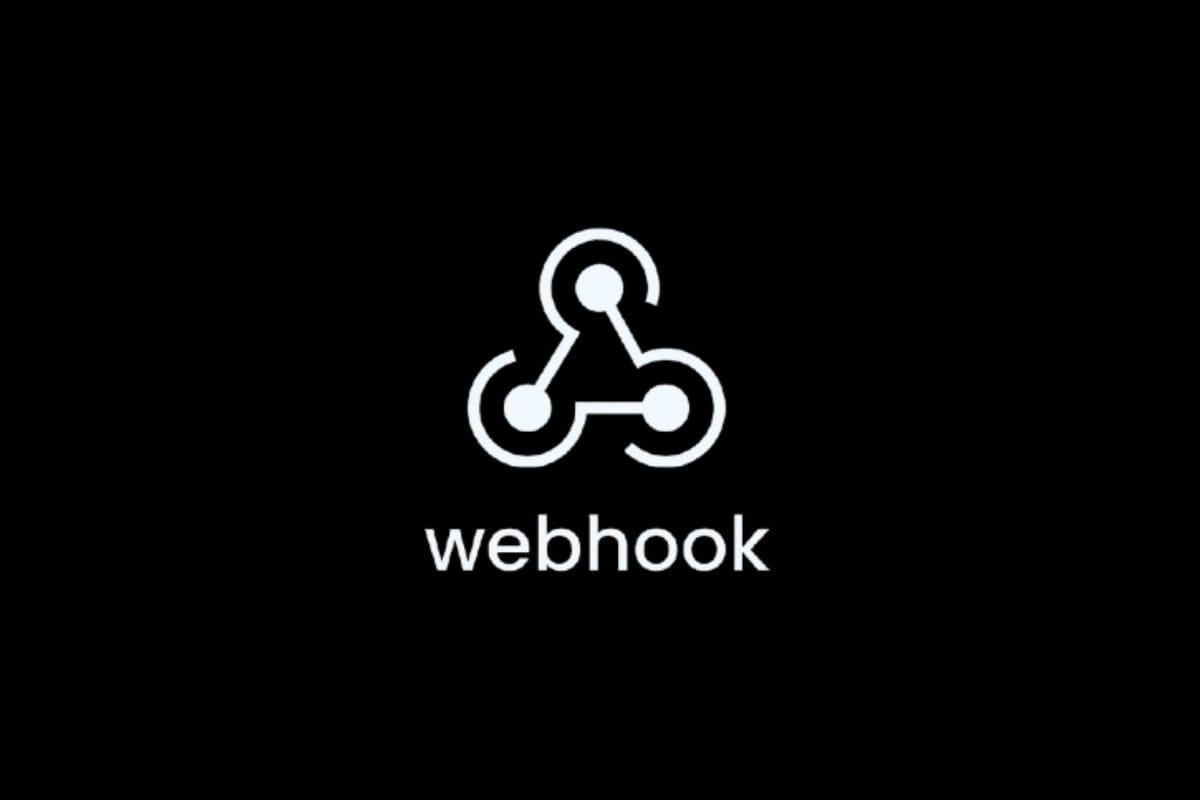
You might wonder what a “Webhook” is. While the term might sound unfamiliar, you're probably already connected to it in ways you don’t even realize.
Whenever you notice instant responses in your apps and websites, it’s usually thanks to a webhook. Think of it like a phone call: where two people exchange real-time information quickly and easily.
A webhook lets apps talk to each other and automatically send notifications when something new happens. If you want to automatically transfer data from one app to another, knowing how to use webhooks is key.
To know more about webhooks, spare a few minutes from your busy schedule and explore the magic of webhooks and get you favorite apps to talk to each other using viaSocket's webhooks.
What is a Webhook?
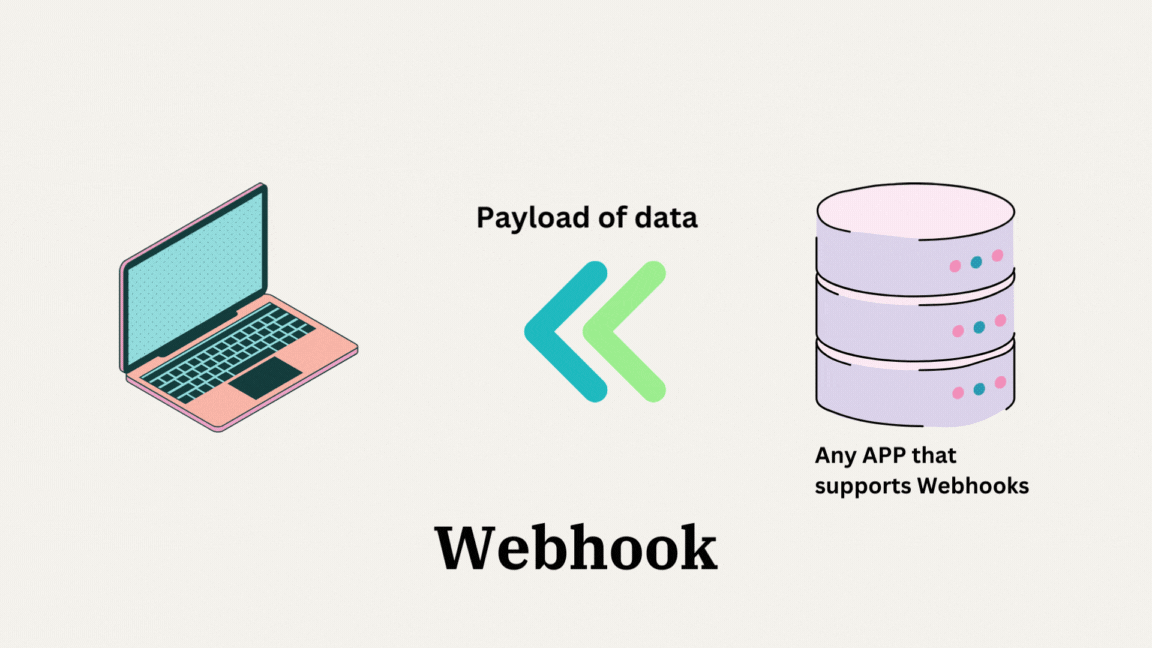
Webhook is like a real-time notification system between apps. Whenever something happens in one app—like a new comment or a purchase—a webhook sends a signal to another app, instantly letting it know about the event.
However webhooks aren’t the only way to get apps talking to each other. You can also use APIs, known as polling triggers to share information between applications. There’s a key difference between the two, and it’s important to understand how they work.
Polling is like checking with the newspaper vendor every day to see if the latest edition is available. Webhooks, on the other hand, are like having a newspaper delivered to your doorstep every morning.
In the case of polling, the API routinely checks at specific intervals to see if there have been any updates or changes. It’s like setting a timer to repeatedly ask, "Has anything new happened?"
Webhooks are like getting immediate updates delivered to you as soon as they happen without setting up a timer, making them more efficient for managing data and payloads.
Webhooks are usually faster than polling and require less effort from you. Use a webhook when you need real-time updates without constant checking. Polling is better when webhooks aren't available or if you only need occasional updates.
How Does Webhook Work?
Webhooks work by enabling one system to automatically notify another system when a specific event occurs, without the need for constant polling. When a webhook is triggered, the system sends a regular HTTP request—often a POST request—to the URL you provided, containing event-specific data in a serialized format, typically JSON or XML.
Upon receiving the webhook request, your application should handle it like any other HTTP request. Although webhooks are a one-way communication system, it’s best practice to return a 200 or 302 status code to confirm receipt of the data.
This acknowledgment lets the source application know that your system processed the webhook successfully. Moreover, it is advisable to make your webhook handling process idempotent—ensuring that even if the same webhook request is sent multiple times (a common scenario with some providers), your system won’t process it redundantly or cause errors, preventing data duplication or system compromise.
To make it clearer, you can use a webhook for new contacts. When a new contact is added, the data is automatically sent to the other application's webhook URL. It’s a simple, automatic connection between the two systems.
How to Use a Webhook?
Now that you understand what a webhook is and how it works, let's dive into the exciting part—the experimental phase! This is where we’ll actually see how to use a webhook to establish seamless communication between two applications.
There are two ways to set up a webhook: one involves writing extensive code, and the other takes advantage of built-in webhook functionalities offered by various applications.
Remember, you don’t need to know how to build webhooks from scratch to use them. Instead, focus on learning how to use webhooks by configuring them in your favorite apps.
Let’s take Shopify and Slack as our example this time. Shopify (an e-commerce platform) and Slack (a communication tool) both support webhooks, and we’ll show how they can work together.
Let’s say you want to get notified in a Slack channel every time a new product is added to your Shopify store. To make this happen, we'll set up a webhook between Slack and Shopify. Here's how you can do it:
Step 1: Get the Slack Webhook URL
First, we need the Slack webhook URL that will send the notifications to your channel. Head over to Slack, then:
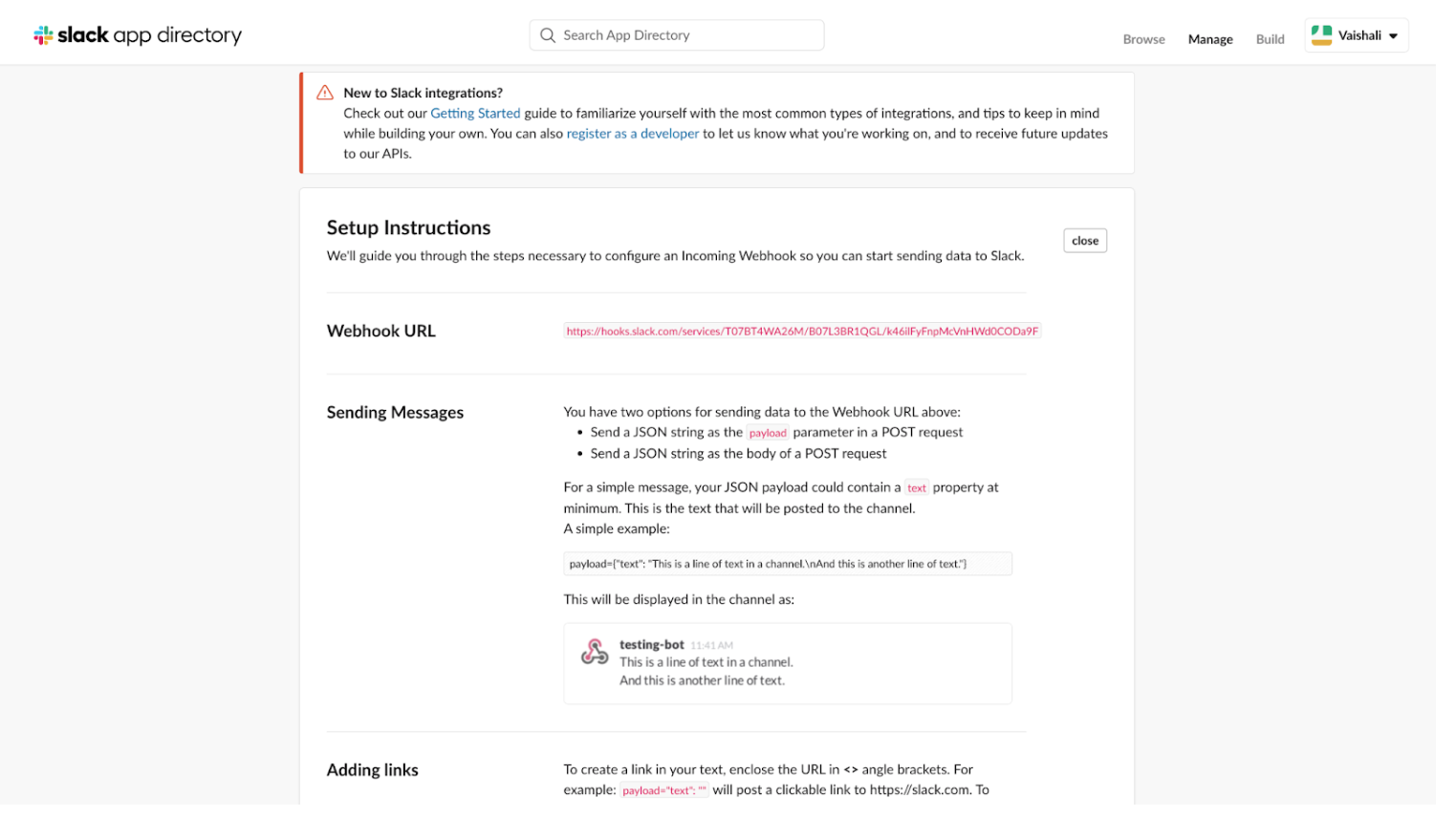
1. Click on the Apps section.
2. Search for "webhook" and select Incoming Webhooks from the options.
3. Now, choose the channel where you want to receive notifications.
4. Click on Add Incoming Webhook Integration—this will generate a unique URL for you.
5. Copy this URL; we'll need it later.
Step 2: Test the Webhook URL
Before we move to Shopify, it's always a good idea to test the webhook URL to make sure everything works. You can use a tool like Postman or RequestBin.
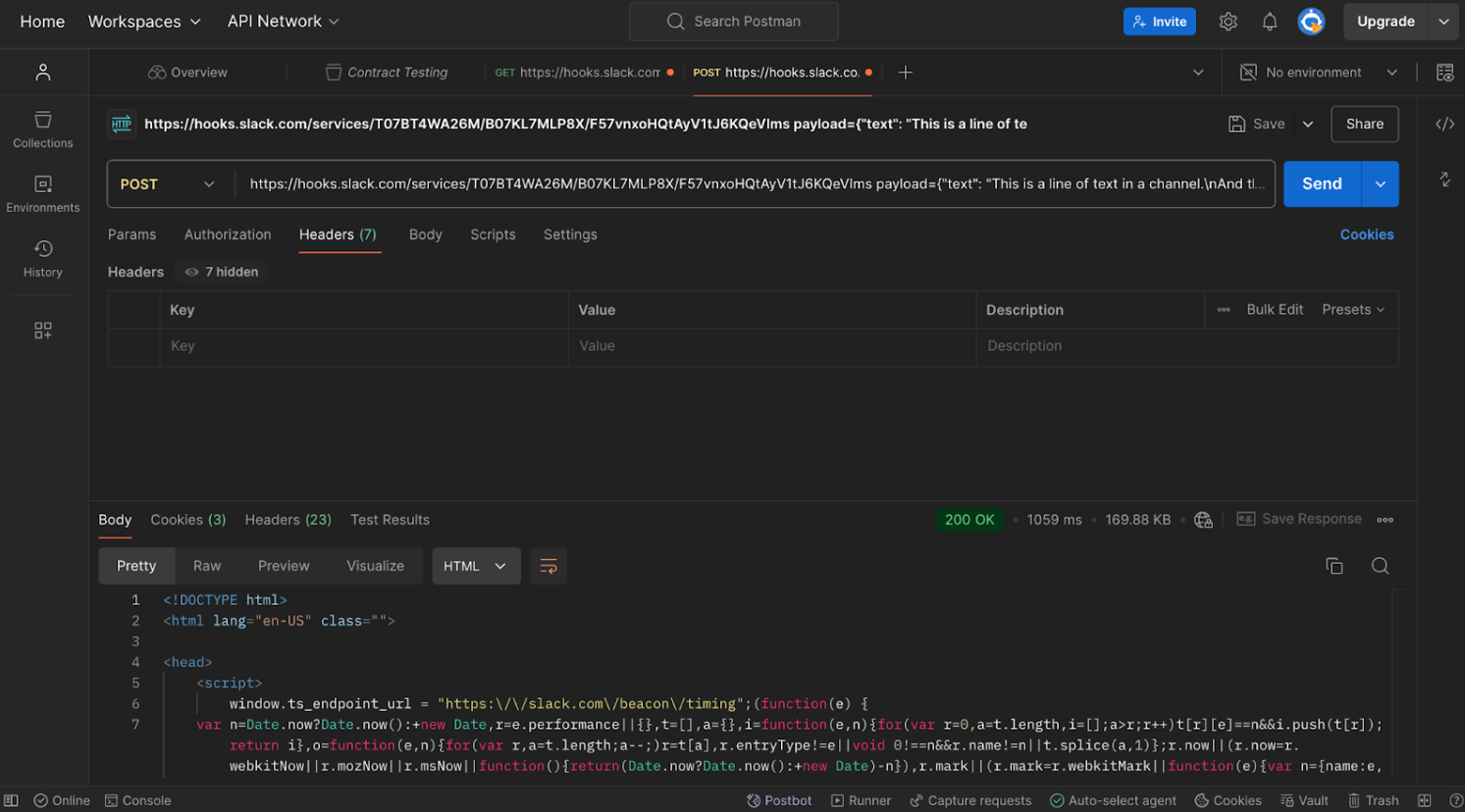
Step 3: Set Up the Webhook in Shopify
Now that we have the Slack webhook URL ready, it’s time to set up the connection in Shopify:
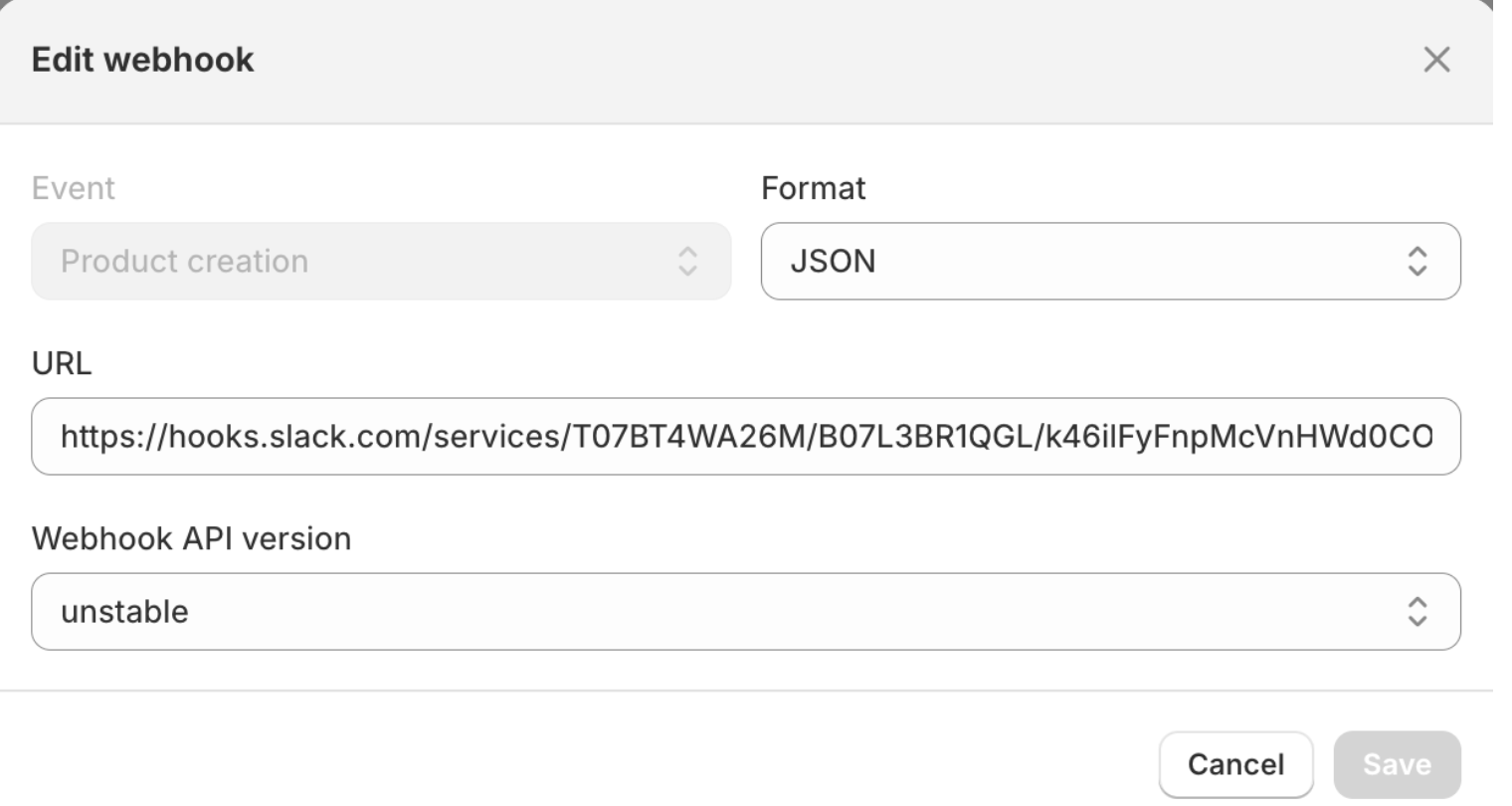
1. In your Shopify admin panel, go to Settings.
2. Scroll down and click on Create Webhook.
3.In the event dropdown, select Product Creation—this will trigger the webhook every time a new product is added to your store.
4. Paste the Slack webhook URL into the URL field.
5. Save the webhook settings.
And that’s it! Now, every time you add a new product in your Shopify store, you’ll get an instant notification in your Slack channel. It’s an easy and efficient way to stay updated!
Real Life Example of a Webhook
Let’s say Jack visits your photography website and signs up for your newsletter. Now, you want his email to be automatically added to your email marketing platform, like Mailchimp.This is where the webhook comes into play.
First, Mailchimp needs to know where to receive Jack’s email. Just like giving your phone number to a friend so they can contact you, you need to provide Mailchimp’s webhook URL to your website. This URL acts as the destination where your website will "call" whenever someone signs up for the newsletter.
You’d start by going into Mailchimp, creating a list, and copying the webhook URL. It generates—something like yourapp.com/webhooks/subscribe/abc123. Then, head over to your website’s settings and paste this URL into the webhook field. This URL now acts like Mailchimp’s "phone number," telling your website where to send the subscriber data whenever someone signs up.
When Jack fills out the subscription form, your website sends his email and details over to Mailchimp using that webhook URL. The data is usually serialized in a format like JSON, looking something like this:
{
"email": "jack@example.com"
"email": name": "Jack"
"subscription_date": "2024-09-09"
}
With this data, Mailchimp automatically adds Jack to your mailing list, ensuring he’s all set to receive your newsletters—without you needing to do anything manually.
Using Webhook Connect Apps with viaSocket
The Webhook feature in viaSocket is a powerful tool that allows you to trigger workflows and automate tasks instantly. If your app can send data to a webhook URL, you can connect it to other apps by setting up a workflow in viaSocket.
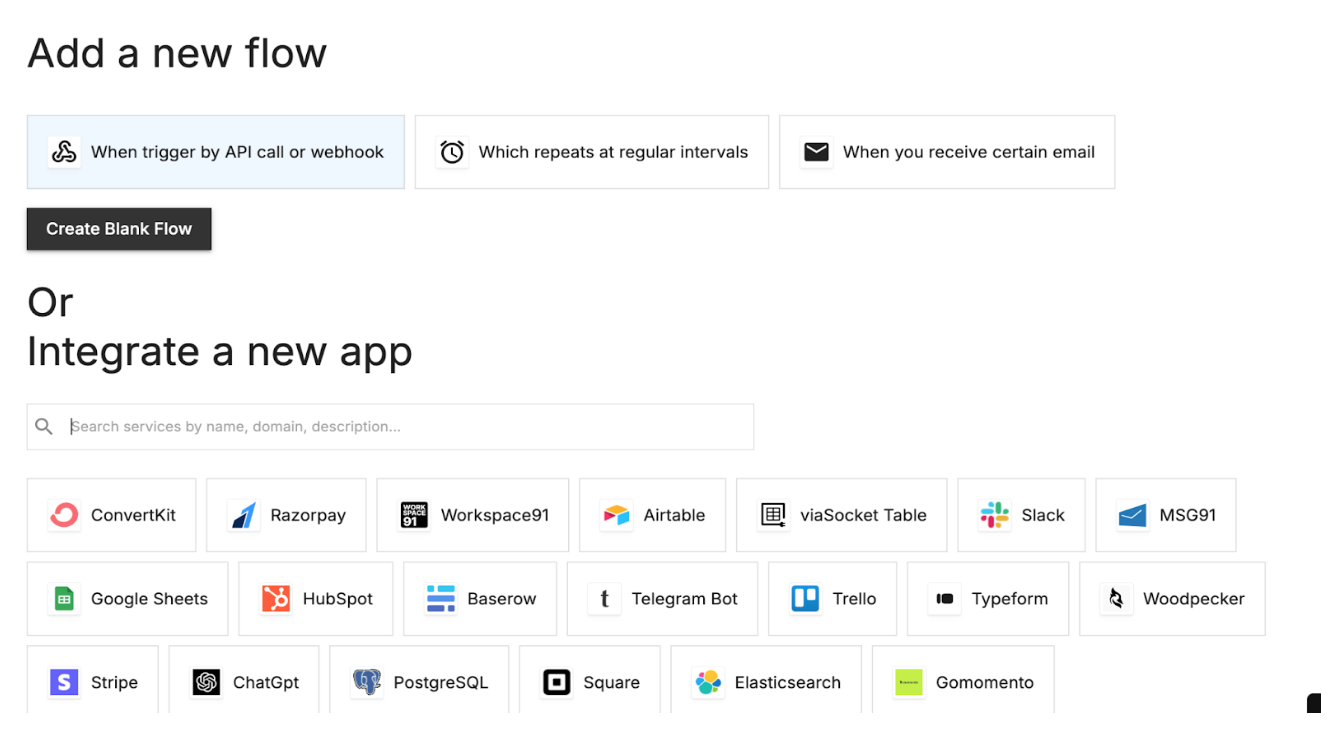
Select “When trigger by API call or Webhook”, viaSocket will give you a unique webhook URL – copy that , then add it to your app’s webhooks URL field in its settings.
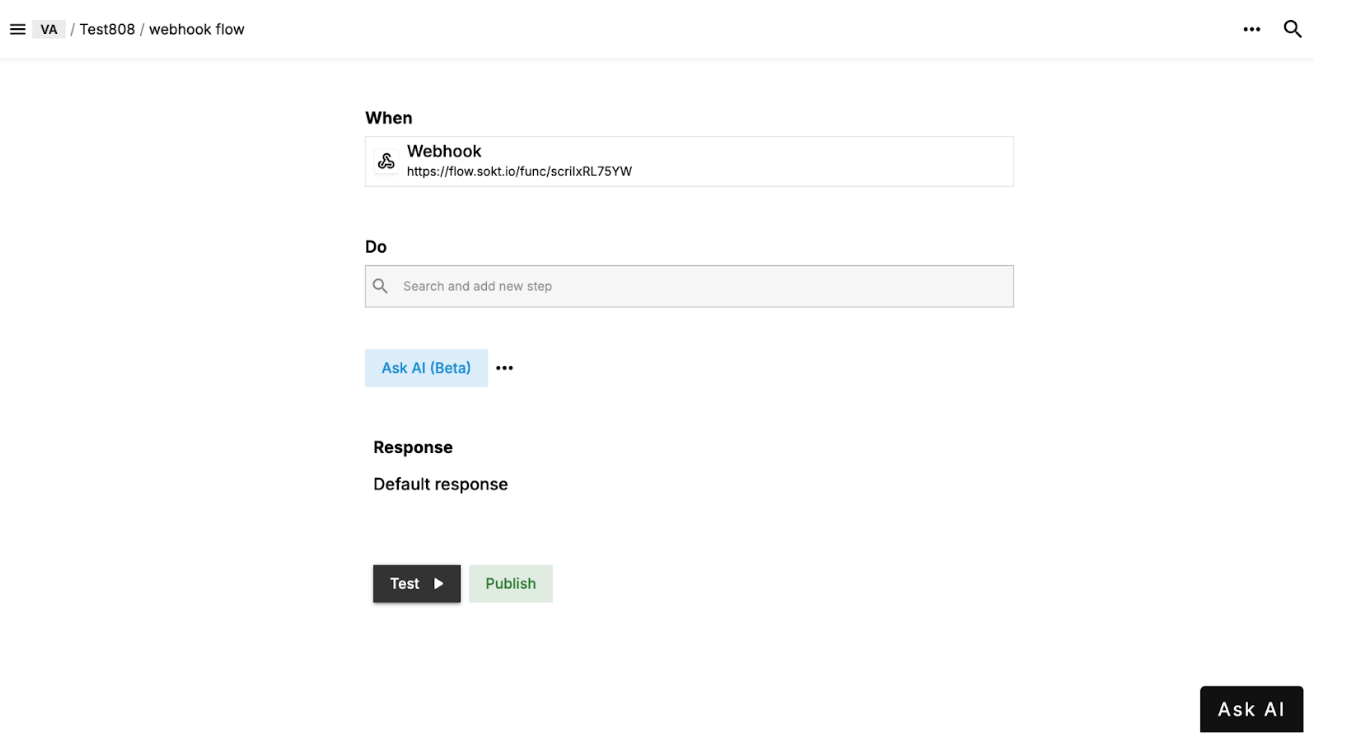
Test the webhook step in viaSocket and you’ll see data from the webhook listed in viaSocket.
Now you can use that data in another app. Select the action’s app by choosing the “Do” field – the app you want to send data to. Authenticate your action’s app and use the webhook dynamic data for the successful execution of the workflow.
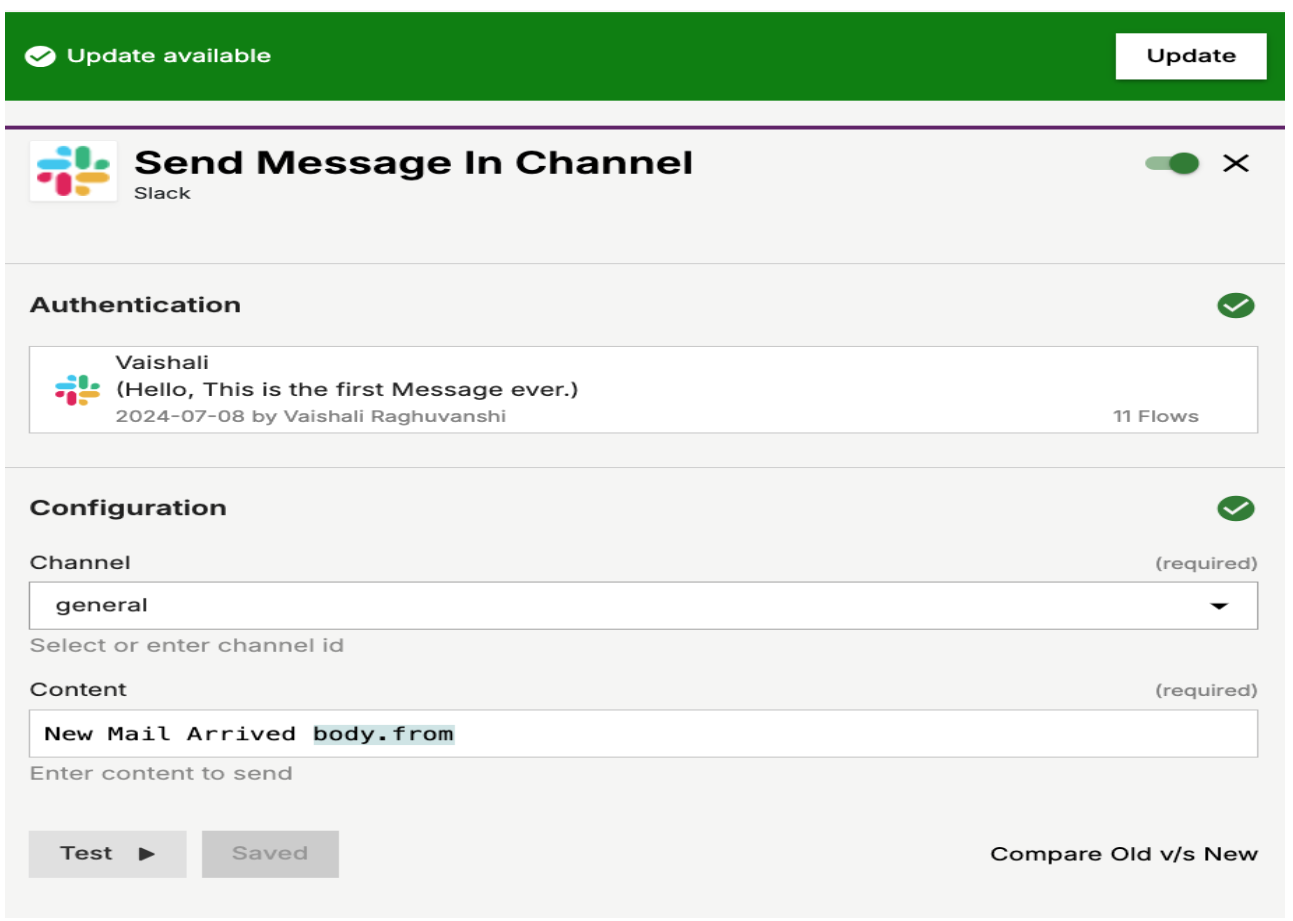
Test your workflow, and it’s ready to go! The next time your trigger app sends data to the webhook, viaSocket will automatically send it to the action app you selected.
Enjoy your ONE MONTH FREE TRIAL at viaSocket TODAY!
Why viaSocket’s Webhooks?
viaSocket lets you connect Webhooks by viaSocket with over 5,000 apps,helping you automate your workflows without writing any code. You can easily trigger events or sync data between platforms, making automation simple and efficient. So, you can focus on what matters most while viaSocket handles the rest.
Here’s why viaSocket’s webhooks stand out:
1. Real-Time Data Transfer: Imagine getting your information updated instantly between apps—no delays, no manual syncing. That’s what webhooks do. They keep everything in sync, so your data is always up-to-date.
2. Customization: Not every workflow is the same, and viaSocket gets that. You can customize webhooks to fit your specific needs, creating workflows that are just right for your business.
3. Cost-Effectiveness: Tired of spending time (and money) on repetitive tasks? Webhooks can handle those for you. By automating manual processes, they help reduce operational costs and free up your team's time for more important work.
4. Integrate with Multiple Services: Webhooks open the door to connect with all kinds of services, boosting your integration options. Whether it's a CRM, an e-commerce platform, or a payment gateway, webhooks have you covered.
5. Connect with Apps Outside of viaSocket: Need to connect an app that’s not on viaSocket? No problem. viaSocket’s webhooks let you integrate with apps that aren't officially listed, expanding your integration possibilities.
6. Automate with Unique App Features: Have app features that aren’t pre-built as triggers or actions? Webhooks can automate those too, making them a powerful tool for tapping into all your app's functionalities.
Frequently Asked Questions
1. What is a Webhook?
A Webhook is an HTTP-based callback function that enables real-time, event-driven communication between two APIs. When an event occurs in one app, the webhook sends data instantly to another app's URL, allowing efficient and automated interactions between systems.
2. What is Webhook Used for?
Webhooks are used to automate real-time communication between applications. They send data instantly when a specific event occurs, eliminating the need for constant manual checking. Common uses include triggering notifications, syncing data between apps, processing payments, and automating tasks like updating databases or sending emails.
3.What is the difference between a hook and a webhook?
Hooks operate internally within the same system or application, allowing different parts of the code to interact and modify each other. Webhooks, on the other hand, connect different systems or applications. They enable one app to send data to another app automatically when a specific event occurs, using an HTTP-based callback.
4. What is the difference between API & Webhook?
An API is request-based, where one system actively asks for data from another and gets a response. It requires constant polling to check for updates. A webhook is event-driven, automatically sending data to another system when a specific event happens, making it more efficient for real-time updates.

